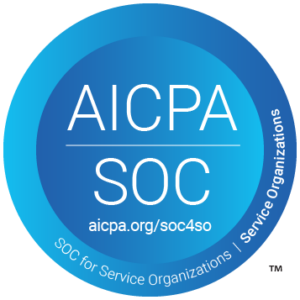U.S. News & World Report recently released its annual college rankings, but this year brought major changes to the methodology behind the influential ratings. The publisher overhauled its formula for the first time in decades, aiming to address criticism that the rankings promote ideals misaligned with higher education.
The reworked methodology places greater emphasis on outcomes for economically disadvantaged students by factoring in graduation rates, retention, and post-grad earnings for those who received need-based Pell grants and first-generation students. This resulted in some public universities seeing significant jumps in their rankings, while prestigious private institutions dropped. However, even with these changes, many higher ed leaders argue that the rankings push the wrong priorities and still hold too much sway.
Methodology changes
At a glance:
- Less emphasis on class size, alumni giving, and other factors that favor wealthy colleges
- More weight to graduation rates and earnings for disadvantaged student
- Still relies on subjective peer assessment survey
One major change was reducing emphasis on factors like class size, alumni giving rates, and high school class rank that tend to favor wealthy, elite colleges. These criteria made up 18% of a school’s score before but were removed in the new methodology.
Instead, the updated formula places more weight on outcomes for lower-income and first-generation students. Graduation rates for Pell grant recipients now have a greater impact, as do metrics around retention and post-grad earnings compared to those with only a high school diploma. This shift aims to better account for schools that transform lives rather than just enroll wealthy students.
However, one core element remains despite its subjectivity — the peer assessment survey. This survey of college admins accounts for 20% of a school’s score, even though critics argue it introduces bias. U.S. News firmly defends its inclusion, stating that reputation matters.
Winners and losers
At a glance:
- Public universities like Fresno State and Florida Atlantic climbed 50+ spots
- Private institutions like University of Chicago and Dartmouth both fell by 6 places
- Elite universities like Princeton, M.I.T., Harvard, and Stanford maintained top rankings
The changed methodology resulted in some major shake-ups in this year’s rankings. Certain public universities saw significant ascents, like Fresno State rising 64 spots to #185 and Rutgers’ campuses climbing 15+ places. Experts cite the increased focus on disadvantaged students as benefiting these institutions.
Meanwhile, prestigious private colleges dropped steeply, as they no longer gained advantages from factors like small classes. The University of Chicago fell from #6 to #12, while Dartmouth declined 6 spots to #18 after the adjustments. Brandeis and Tulane saw major drops as well.
However, elite institutions like Princeton, MIT, and Harvard still lead their categories. And public powerhouses UC Berkeley and UCLA broke into the top 15 after climbing 5 places each. So while some schools changed position, the very top remained relatively stable.
Lingering criticism
At a glance:
- Some question if changes reduce influence of rankings enough
- Prestigious schools argue “bizarre” rankings push wrong priorities
- Administrators at schools like Tulane say rankings undercut quality
Despite these moves to address persistent issues, some leaders argue the overhaul doesn’t go far enough. While Colorado College’s president called the shift “slightly better,” the school has stopped submitting their data entirely. Critics claim the rankings hold too much influence over applicants and warp college priorities.
Even schools that rose in the rankings acknowledge their philosophical issues with the system. And administrators at schools like Tulane contend that the updated metrics conflate different aspects of quality.
Additionally, some call for eliminating the peer assessment survey altogether due to its inherent subjectivity. Despite these objections, the U.S. News firmly believes reputation should still matter, even if the survey’s weighting has declined over the years.
So while this year’s formula incorporates meaningful changes, it remains to be seen whether the rankings can shake lingering criticisms as they continue driving web traffic and revenue for the publication.
See how Mainstay helps institutions support student success, persistence, and equity in today’s evolving landscape.


